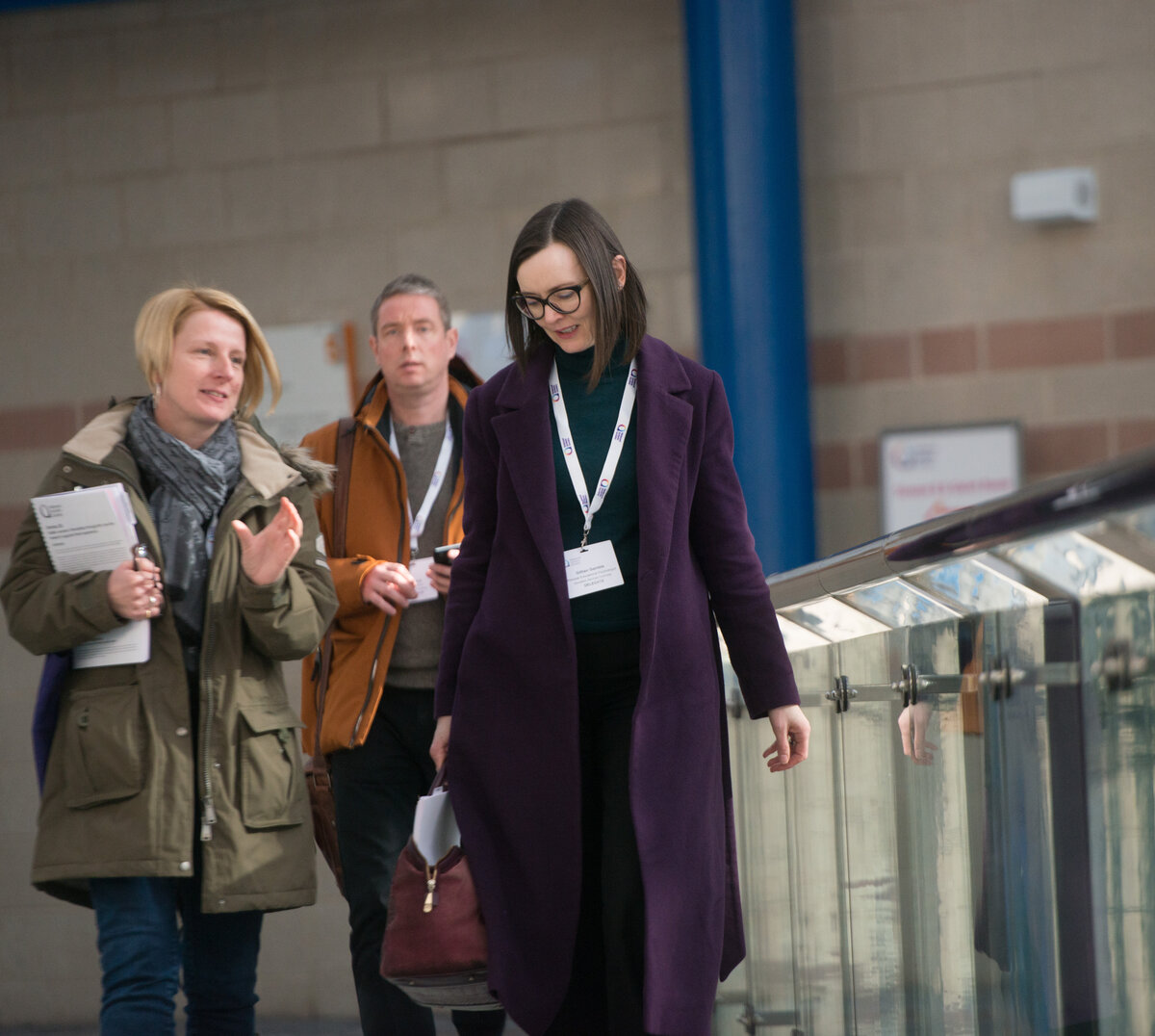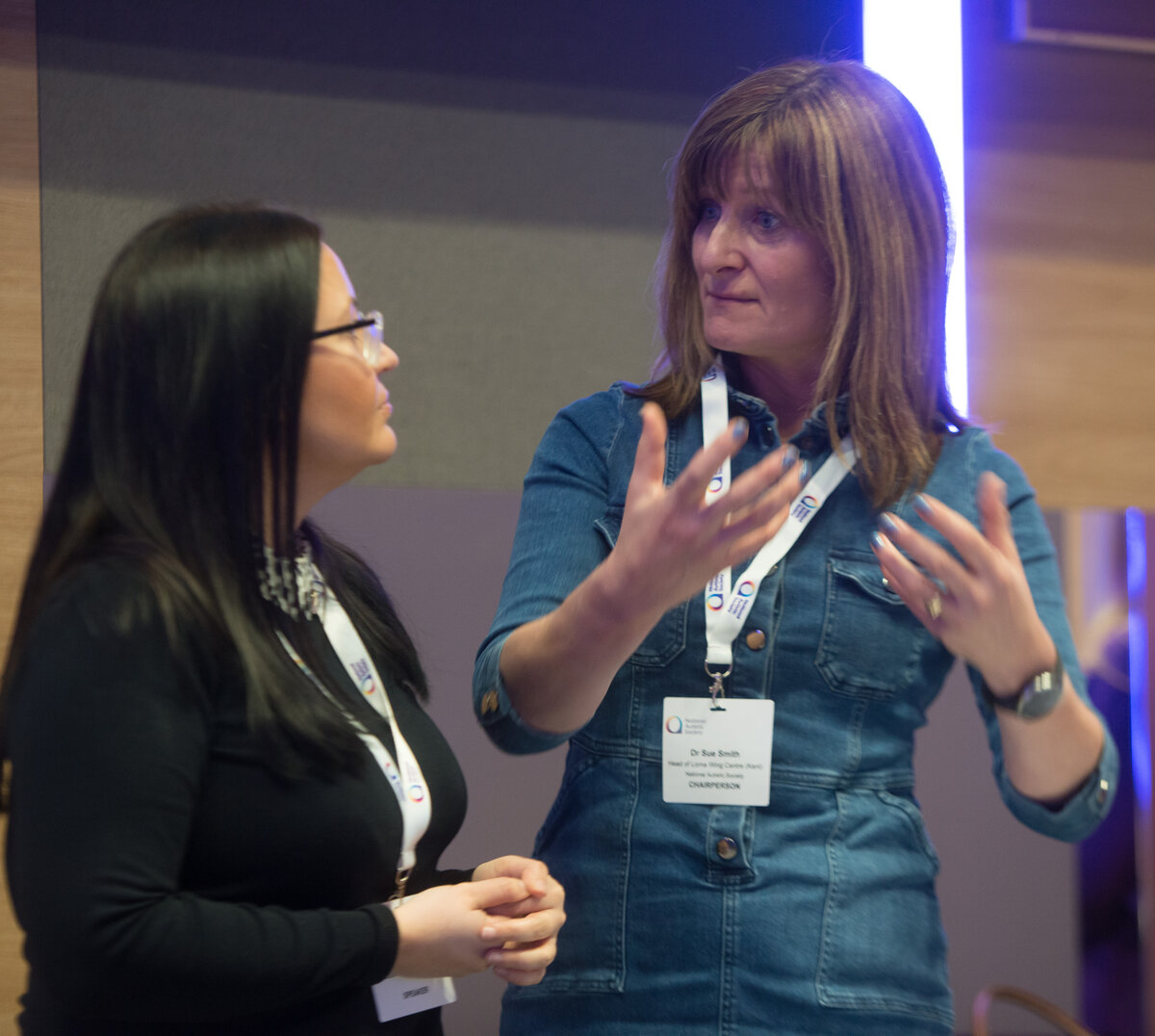Using Lego therapy with autistic pupils
Published on 09 November 2017
Author: Claire Brodie, Vicky Mather
Claire Brodie and Vicky Mather, Specialist Teachers in East Sussex, discuss a Lego-based therapy project piloted in their school, which aimed to support pupils’ social communication skills.
Lego-based therapy (LeGoff et al 2014) is an evidence based approach that aims to develop social communication skills in autistic children, such as sharing, turn-taking, following rules, using names and problem-solving.
In practice, children work in groups of three with each participant having a distinct role to build a Lego model collaboratively:
- Engineers use the Lego instructions and ask the Supplier for the specific pieces of Lego needed.
- Suppliers gives the Builder the pieces.
- Builders follow the building instructions from the Engineer in order to construct the model.
Our project
When developing childrens’ social skills we had always used social skill programmes, but were finding that these skills were very rarely transferred beyond the small group setting. Therefore the principle of using the more naturalistic setting of a club, with a clear aim of building Lego models using a resource that is so universally loved, was far more appealing to us.
Based in a Speech, Language and Communication Needs (SLCN) Facility serving a cluster of mainstream primary schools in East Sussex, we started our project with three Key Stage 1 (KS1) children and six Key Stage 2 (KS2) children, five of whom had a diagnosis of autism.
The Lego-Based Therapy project ran for a year, with weekly sessions for one hour which included:
- a settling-in activity (a song or dance)
- a game to develop Lego specific language
- a Lego therapy building session and free play.
Outcomes of the pilot project
Challenges
Initially we observed a lot of frustration and upset during the sessions. It was felt that this was largely due to the language expectations of giving and receiving instructions, as well as the social demands of working as a group. To address these we introduced the following:
- Games to explicitly develop the understanding of prepositional concepts such as ‘in front’, ‘behind’, ‘on top of’ which the children needed to use as Engineers and Builders.
- Opportunities to develop and agree a shared language e.g. is it a 'slope', a 'slide' or a 'slanting flat bit'?
- Visual prompt cards to help with asking for and describing Lego pieces – colour, thickness etc...
- To provide motivation 'Lego tokens' were given when skills such turn taking, good listening, good use of words and seeking clarification were observed.
Positive outcomes observed
- Significant development of listening skills, turn taking, joint attention, resilience, patience, perseverance and problem solving
- The KS2 children began to develop their own systems based on the concept of turntaking, creating lists of music and games that each child wanted to play.
- The children in both key stages began to spontaneously greet each other on arrival and showed a greater awareness of social expectations.
- The children developed a team approach to problem solving, using mainly the strategy of turn taking.
- An increase in the development of language associated with describing Lego pieces and instructing others how to use them when building models.
- The children were incredibly motivated to understand and use language they initially found challenging, such as describing a Lego piece to someone else, and giving instructions. One child who had previously been working in 1:1 language sessions on a prepositional concept mastered the same target in one Lego Therapy session .
- Improvements were observed in the length of spoken sentences and the grammatical structures of sentences used.
Other positive observations that we had not initially predicted included:
- Increased self-esteem in majority of children.
- Improvements in the flexibility of language used - if a child was an Engineer and the Builder was struggling to understand their instruction, the Engineer on many occasions used other vocabulary to give an alternative instruction.
- Behaviour that indicated an increased awareness of the feelings of others - for example reassuring an upset child, explaining very clearly and gently that he would soon get a turn as a Builder.
Whether there had been a transference of skills was of particular interest to us. Class teachers and parents reported an observable improvement in social confidence and an increased understanding that problems and change sometimes occur and there are strategies that can used.
In addition, answers from the children's self-assessments indicated an increase in self-awareness and confidence. The majority of the children stated they had got better at turn taking.
Lego as a tool
Exactly how the Lego-based therapy had helped with the development of skills and strategies observed was an area that we constantly reflected upon. We felt that significant factors were:
- Lego is a motivating tool and building as a team provides an immediate shared focus of attention.
- The building of a model as a team provides the experience of the power of positive communication: the Engineer sees the Builder receive the correct Lego pieces and construct part of the model as a direct and immediate consequence of his/her language used.
- The naturalistic setting with facilitation from adults rather than direct teaching, combined with the consistent and predictable format of the Lego build section, provides a relaxed, safe and secure environment in which language can develop.
However in order for these factors to be of significance the children had to initially develop a shared language specific to the task. Without the weekly tailor made activities and games to develop the necessary vocabulary, the children were unable to begin to have the tools to start to communicate even though the motivation was there.
It was also felt that as the sessions were run in a 'club' format with the children having a perceived ownership of the club, this gave them the confidence to suggest ideas on the organisation of the sessions and to contribute to problem solving situations that arose
Developments beyond the project
Halfway through the year, levels of Lego building were introduced:
- Level 1- 'Lego Builder'. Be able to do the jobs of Lego builder, Supplier and Engineer as well as build a small Lego set on their own.
- Level 2 – 'Lego Creator'. Be able to design a Lego creation, finding the Lego pieces needed for it and make the creation.
- Level 3 – 'Director of the Lego Club'. Be able to share ideas with other children about Lego models and help solve other children's' Lego problems.
The levels to work through gave all the children an extra motivation. All the KS2 children became Directors, visiting the KS1 club to observe the children and offer ideas/support with problems. Two years after the project started, 2 Directors in year 6 ran their own Golden Time Lego club for a small group of year 3 children.
This was an absolutely amazing moment when we thought back to how they had started, with no shared language and limited social skills needed to be able to work in a group. It is hoped that now they are in Year 7 they will have the opportunity to use their increased social communication skills to run a small club at lunch time.













